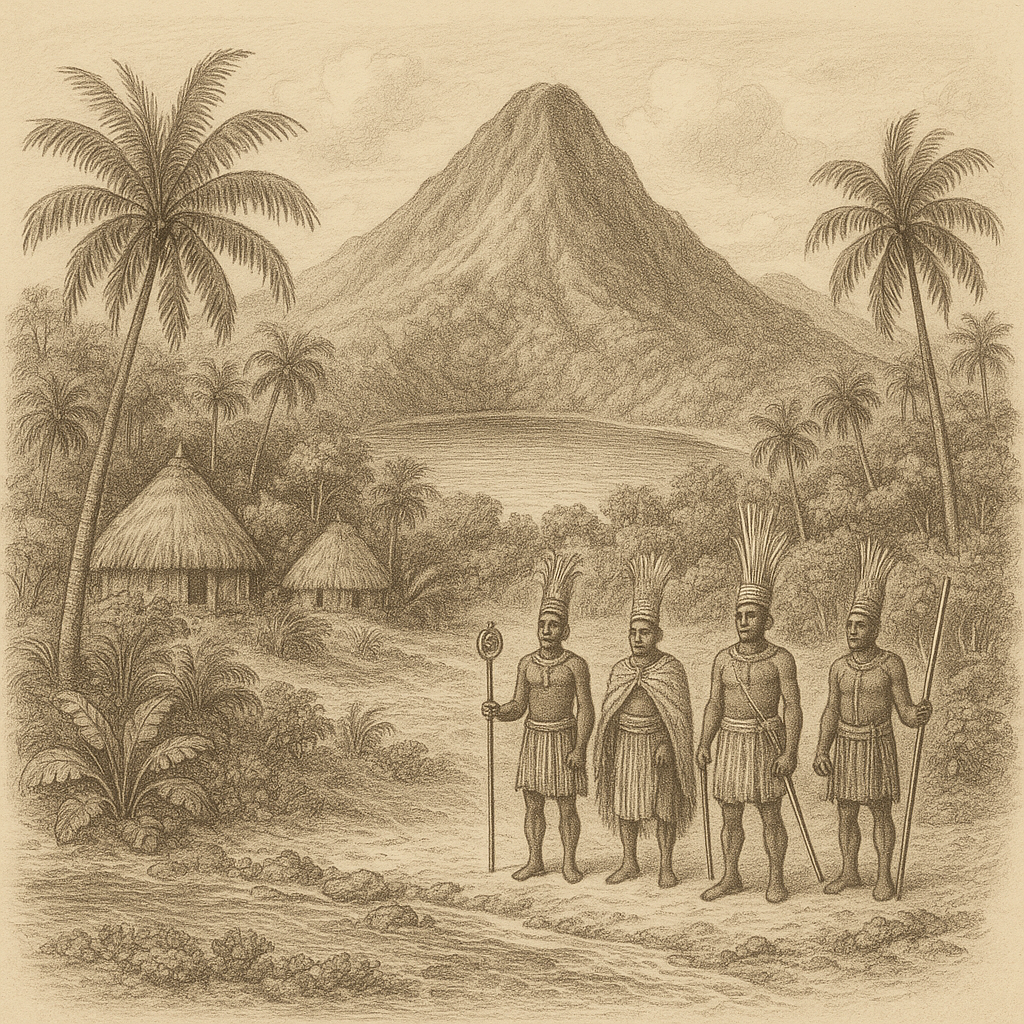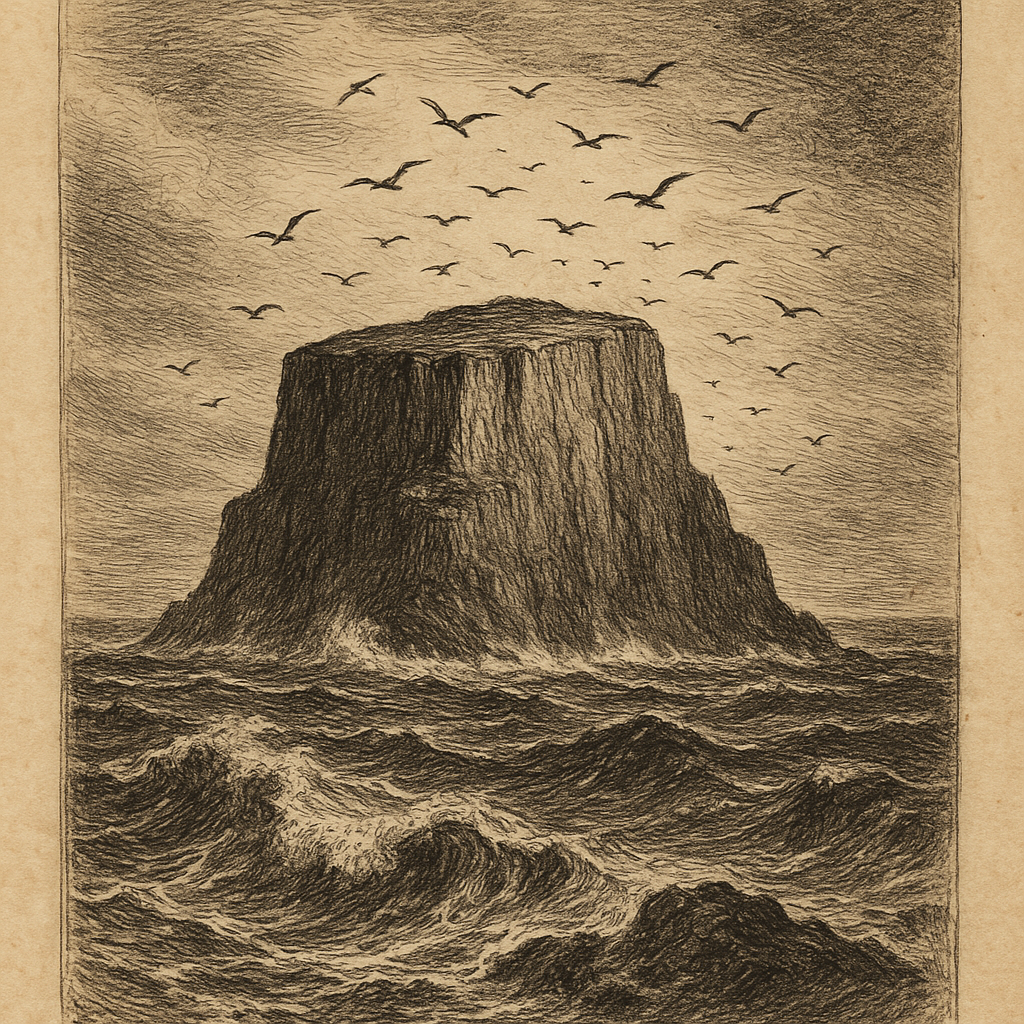Pukapuka Island, often considered one of the most isolated and culturally rich islands in the South Pacific, is part of the northern group of the Cook Islands. Known for its remote location, preserved traditions, and unique language, Pukapuka offers a rare glimpse into a Polynesian society relatively untouched by modern development.
The island’s distinctive culture and language set it apart from other Cook Islands, making it a fascinating subject for anthropologists and cultural researchers. Its isolation has both preserved and challenged its traditional way of life.
Geographical Location and Features
Pukapuka is located approximately 1,140 kilometers northwest of Rarotonga, the capital of the Cook Islands. It belongs to the group of Northern Cook Islands and lies in a secluded part of the Pacific Ocean.
The island is an atoll, consisting of a triangular-shaped reef enclosing a central lagoon. The landmass is split into three main islets: Wale, Motu Ko, and Motu Kotawa. Wale is the only inhabited islet and serves as the cultural and administrative heart of the island.
The atoll covers a land area of just about 1.3 square kilometers, making it one of the smallest islands by landmass in the Cook Islands. Due to its flat terrain and low elevation, the island is vulnerable to rising sea levels and severe weather events, which have become more frequent in recent decades due to climate change.
This vulnerability poses significant challenges for the island’s future, as even minor increases in sea level could have devastating consequences for the small land area. The community has become increasingly aware of climate-related threats.
Cultural Identity and Language
The people of Pukapuka are of Polynesian descent, and the island’s population is estimated to be fewer than 500 individuals. One of the most fascinating aspects of Pukapuka is its distinct language, known as Pukapukan, which is notably different from other dialects in the Cook Islands.
Linguistically, it shares closer ties with Samoan and Tokelauan languages, indicating ancient migration patterns that shaped the region. This linguistic uniqueness provides valuable insights into prehistoric Polynesian movements across the Pacific.
The culture of Pukapuka is governed by communal living, with a strong emphasis on tradition. Social life is organized through three “iti” (districts), each with its own territory and responsibilities.
These districts operate like semi-autonomous communities, rotating duties and leadership roles through deeply rooted customary protocols. This system has maintained social cohesion and ensured fair distribution of resources for generations.
Biodiversity and Natural Environment
Pukapuka Island is home to a tropical environment with coconut palms, breadfruit trees, pandanus, and taro patches forming the basis of local agriculture. The central lagoon and encompassing reef system serve as a vital food resource and provide habitat to a diverse range of marine species.
Fishing remains both a traditional practice and a necessity for sustenance. The techniques passed down through generations demonstrate sophisticated knowledge of marine ecosystems and sustainable resource management.
Despite the small land area, the island’s ecosystems support species of seabirds, crabs, and delicate reef habitats. However, invasive species and climate-related impacts have increasingly threatened the ecological balance, prompting occasional conservation interventions.
The delicate balance between traditional practices and conservation needs presents ongoing challenges for the community. Finding sustainable solutions that respect cultural traditions while protecting ecosystems requires careful negotiation.
Interesting Facts About Pukapuka Island
One of the most intriguing aspects of Pukapuka Island lies in its sustained isolation, which allowed residents to maintain ancestral customs and resist outside cultural influences far longer than other Polynesian societies.
Pukapuka was once known as Danger Island, a name given by European navigators due to the surrounding reef’s hazardous nature for passing ships. This treacherous reef has both protected and isolated the island throughout history.
The island has a unique local governance system rooted deeply in traditional roles, led by chiefs and elders known as “ariki” and “ui tangata.” Their authority is respected and integrated with modern administrative structures.
Pukapukan dance and music are highly stylized and performed only on important ceremonial occasions, maintaining elaborate oral traditions and songs passed down for generations. These performances are sacred expressions of cultural identity.
During World War II, the island was used as a small U.S. signal station, although its strategic use was minimal compared to other South Pacific islands. Remnants of this brief military presence can still be found.
Legends and Oral Traditions
Pukapuka Island has a rich legacy of myths and legends that play a significant role in the community’s spiritual and cultural life. One of the most famous legends is that of the ancestral canoe voyage.
According to Pukapukan oral history, the present-day inhabitants are descendants of two great voyaging canoes, Te Ulu o Te Watu and Te Mata o Te Watu, which arrived centuries ago. These canoes brought the founding chiefs who established the island’s first settlement and structured the existing tribal order.
Another often-retold legend is the story of a protective spirit named Tavake, said to dwell in the forest and watch over the people of Pukapuka. Villagers believe that Tavake appears during troubling times, such as cyclones, to guide elders in safeguarding the community.
It is customary to offer prayers and songs when entering certain sacred groves (tapu) to honor Tavake’s presence. These sacred sites remain respected and protected by community members.
The oral traditions also explain the island’s formation, attributing its atoll shape to the love story between the sea god Tangaroa and the sky goddess Sina, whose eternal union formed the protective reef that encircles Pukapuka. This romantic origin story reflects the deep spiritual connection between the people and their environment.
Modern-Day Life and Access
Despite its enchanting heritage, life on Pukapuka comes with challenges. The island has limited access to healthcare, formal education, and modern communication. A small airstrip established in recent decades allows for infrequent flights, primarily used for essential services and transport.
Communication outages are common, and supplies must often be shipped in from Rarotonga or Pago Pago. The irregular supply schedule means residents must be resourceful and maintain traditional self-sufficiency practices.
However, the island benefits from strong communal ties and a traditional subsistence lifestyle that has proven resilient in the face of economic hardship. Youth migration to larger islands or to New Zealand is common, resulting in fluctuating population numbers but also creating strong diaspora communities that remain connected to their ancestral home.
These diaspora communities play an important role in supporting the island through remittances and maintaining cultural connections across distances. Modern technology has helped bridge some gaps, though internet connectivity remains unreliable.
Conclusion
Pukapuka Island stands as a testament to the endurance of Polynesian traditions in an ever-changing world. Its people, language, and customs reflect centuries of adaptation, resilience, and pride in cultural identity.
Surrounded by the vastness of the Pacific Ocean, this little-known island continues to offer a glimpse into a way of life that balances the ancient with the modern—and in doing so, preserves a treasure trove of human heritage. The challenges ahead are significant, but the spirit of Pukapuka remains strong.



